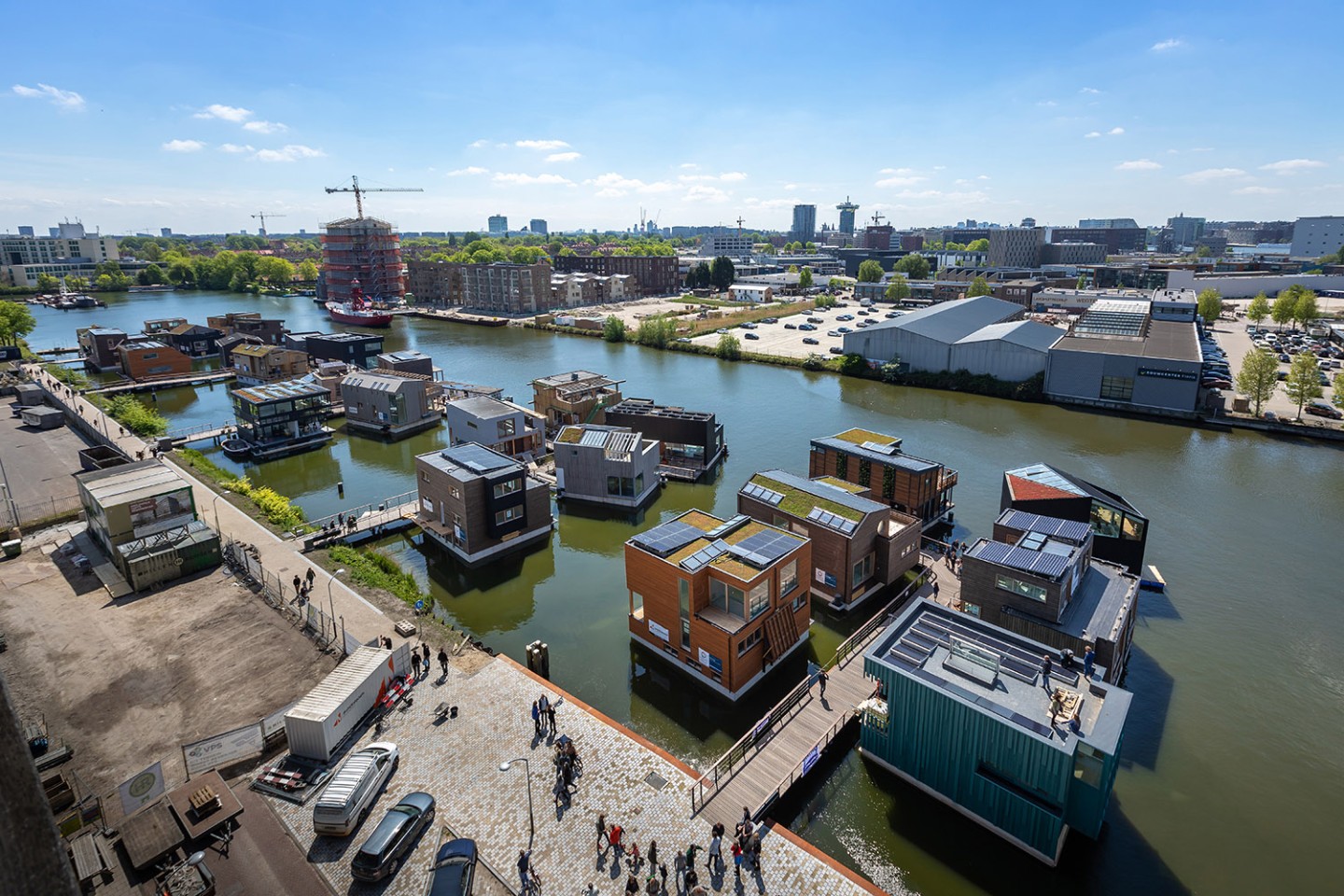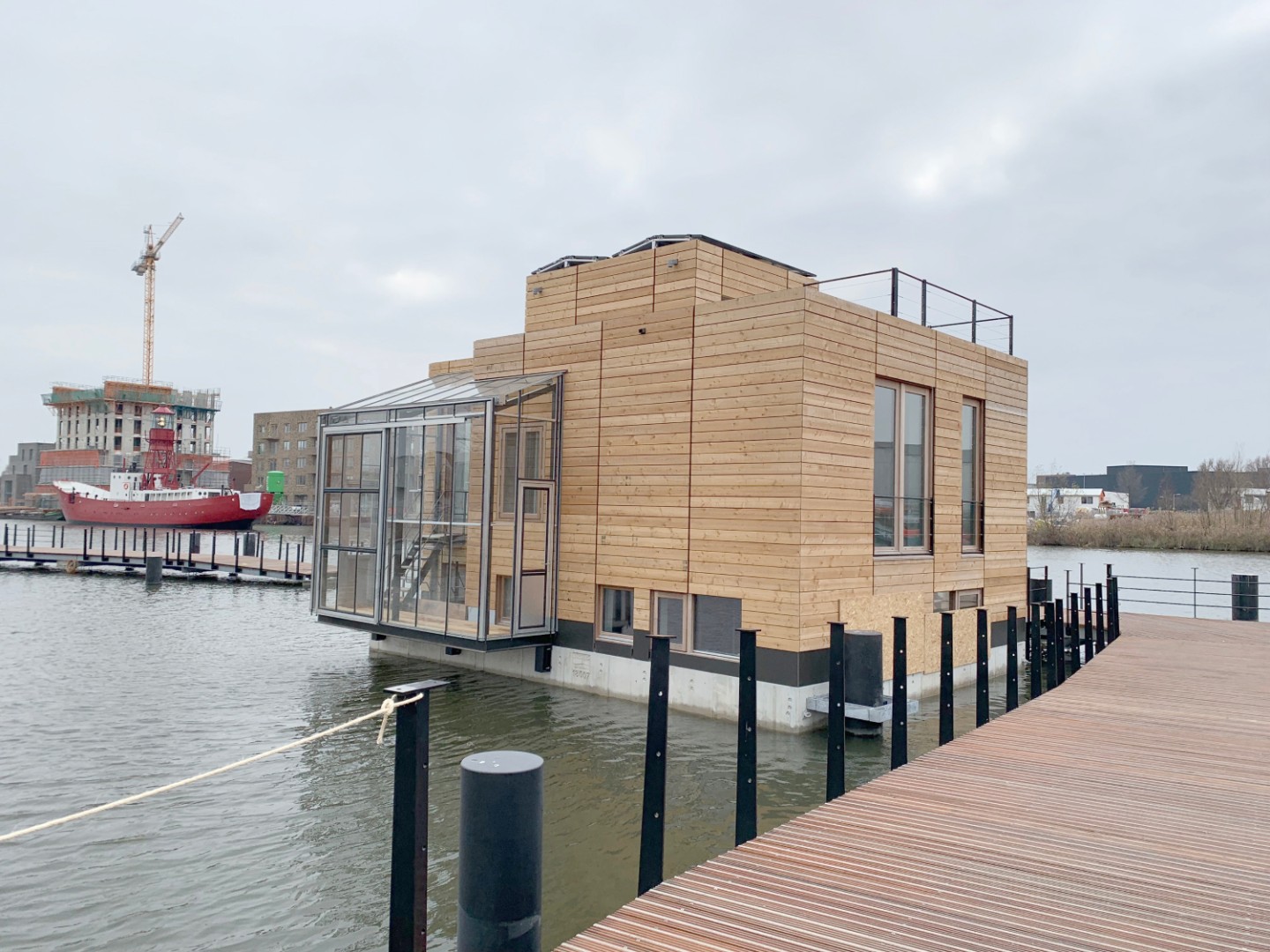

Excess solar and wind energy is difficult to store and transport over long distances. The Fraunhofer Institute for Industrial Mathematics ITWM has found a smart solution to that problem – an innovative energy management system.
This system serves to connect photovoltaic systems, batteries, heat pumps and electric cars in a smart way to power individual households – largely with renewable energy despite these sources’ fluctuating power production. This system has passed muster in a pilot project encompassing 30 floating houses in an Amsterdam neighborhood.
“We built on our energy management system for individual houses to develop a system for entire energy communities,” says project manager Matthias Klein, deputy head of the High Performance Computing department at Fraunhofer ITWM. “It controls photovoltaic systems and heat pumps, and recharges home and electric cars’ batteries, thereby supporting sector coupling.” Furnishing enough energy to everyone in the neighborhood – all the time, even on dark days and without overtaxing the shared power line to the public grid – is no simple matter.
This modular energy management system operates as a communal energy hub and is always analyzing the situation to determine where the energy needs to go. The photovoltaic systems, heat pumps and batteries installed in the individual houses interoperate as one big system. A case in point: House A’s residents are on vacation. House B’s residents are throwing a party, so its demand for power is spiking. The energy produced by the photovoltaic system then flows from house A to house B. The system taps the home battery when it is dark outside and the solar unit is not generating electricity. It can do this across homes too.
The energy management system’s modules may also be deployed individually and tailored to the given application. “There is already a permanently installed base of 60 to 70 of our systems ranging from private households and cafeterias to entire businesses and one sewage treatment plant,” says Klein. Wendeware AG, a Fraunhofer ITWM spin-off, has been selling the system since early 2019.